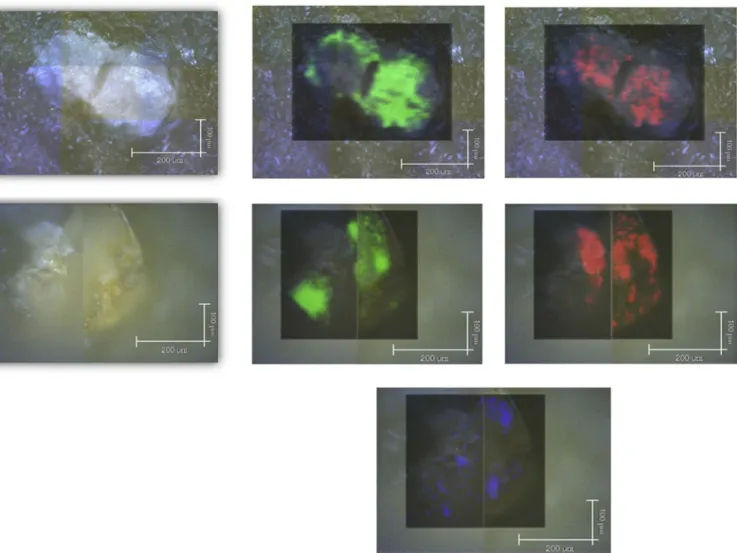Overview of the techniques used for the study of non terrestrial bodies: Proposition of novel non destructive methodology
Texto completo
Figure




Documento similar
The main goal of this thesis is to contribute to the knowledge in planetary science through the study of the upper atmosphere of giant planets undergoing hydrody- namic escape. We
Thanks to the cross-use of several high-end complementary techniques including statistical Raman spectroscopy (SRS), X-ray photoelectron spectroscopy (XPS), magic-angle-spinning
1. S., III, 52, 1-3: Examinadas estas cosas por nosotros, sería apropiado a los lugares antes citados tratar lo contado en la historia sobre las Amazonas que había antiguamente
Of special concern for this work are outbreaks formed by the benthic dinoflagellate Ostreopsis (Schmidt), including several species producers of palytoxin (PLTX)-like compounds,
Some of these techniques, such as X-ray diffraction, X-ray photoelectron spectroscopy, Transmission electron microscopy or Raman spectroscopy, have been used rather as
In the previous sections we have shown how astronomical alignments and solar hierophanies – with a common interest in the solstices − were substantiated in the
Finally, experiments with solar [17–34], atmospheric [35–45], reactor [46–50], and long-baseline accelerator [51–59] neutrinos indicate that neutrino flavor change through
We seek to characterize the transport in a time-dependent flow by identifying coherent structures in phase space, in particular, hyperbolic points and the associated unstable and
